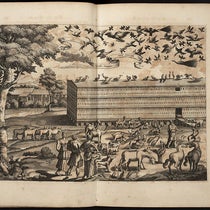Scientist of the Day - George McCready Price
George McCready Price, a Canadian geologist of sorts and a Seventh-day Adventist, died Jan. 24, 1963, at the age of 92. Price is best known for his textbook, The New Geology (1923), which argued for what is now called "Flood geology," or the belief that all the Earth's fossils, and the surface rocks that contain them, were laid down during the great Flood of Noah, and are thus only about 6000 years old. The notion had been a common one two centuries earlier, but it had been necessarily abandoned as geology matured, and it remained a marginal idea until Price revived it with the rise of American Creationism in the 1920s.
Price's book made an appearance at the famous Scopes Trial in 1925. Clarence Darrow was cross-examining William Jennings Bryan, and he asked Bryan (a creationist), "Is there any scientist in the world you think much of?" Bryan said: "I will give you George M. Price, for instance." Darrow then commented that Price taught at a tiny California bible college and that his book was published by an evangelical press. When the prosecution questioned the relevance of this, Darrow replied: "He has quoted a man that every scientist in this country knows is a mountebank and a pretender and not a geologist at all."
We acquired our copy of The New Geology in 2011. We had earlier (2007) bought a copy of George Hunter’s A Civic Biology (1914), which was the evolutionary textbook that John Scopes had been teaching from when he was arrested and charged with violating Tennessee’s Butler Act, which forbade the teaching of evolution in public schools. It was also the book that Bryan waved around at the trial, while fulminating at some of its outrageous statements (see our posts on Scopes and on Bryan). We thought it only proper that we acquire the book that presented the views of the other side.
I haven’t read Price’s New Geology straight through – it is over 700 pages long – but I have looked though it and read in it, and I must say, it is a very clever compendium, although I don’t know if Price was trying to be clever. He included a great deal of uncontroversial discussion of geological formations and fossils, mostly drawn from current textbooks (but not Hunter’s Civic Biology), and Price included a ton of images – over 450 figures, mostly taken from U.S. Geological Survey publications, which, then as now, are not protected by copyright. One certainly gets the impression that Price knew what he was talking about.
But then, in the text, especially in the final chapters, Price simply denied that the fossil record and the geological record represent a sequence in time, and that there is any evidence that trilobites came first, followed by fish, amphibians, reptiles, mammals, and humans (sixth image). The evidence, instead, suggests a catastrophe, such as that described by the Bible, in its account of the Great Flood. And being an Adventist, Price had no use for any creationists who did not take the Bible at its word and suggested that the “6 days” of Genesis represent six ages of indefinite length, thereby allowing God more time to shape his Earth. Price would have none of that – rocks were not laid down during the 6 days of creation, but during the Flood. The Bible says that the Flood took about a year, from onslaught to subsidence, and so that’s how long it took to lay down all those fossils and rocks that comprise the geological record.
Bryan asked Price to be an expert witness at the Scopes trial, but Price was in England, and he declined to return for the occasion. In a letter to Bryan, he recommended that Bryan keep science out of the trial; he seems to have feared that Bryan would ignore that advice and muck things up, as Bryan certainly did. So Price was not touched by the trial (Darrow’s calling him a “mountebank” bothered him not at all), and his book went through many editions and was a financial boon for the Pacific Press, the Seventh-Day Adventist publishing firm in Mountain View, California, in the days before Google moved in. Price lived to see the beginnings of the resurgence of Creationism in the 1960s and 1970s, for which his book became a principal authority. And not the least of his contributions to American culture was an accomplished great-great-granddaughter, Rachael Price, the lead vocalist for the singing group, Lake Street Dive.
The cover of Price’s New Geology (first image) shows Devil’s Tower in Wyoming, silhouetted against a strange orange sky. I hope Steven Spielberg was not looking at this book when he came up with the idea for the final scene in Close Encounters of the Third Kind, but there certainly is an uncanny resemblance, as you can see at this link.
William B. Ashworth, Jr., Consultant for the History of Science, Linda Hall Library and Associate Professor emeritus, Department of History, University of Missouri-Kansas City. Comments or corrections are welcome; please direct to ashworthw@umkc.edu.

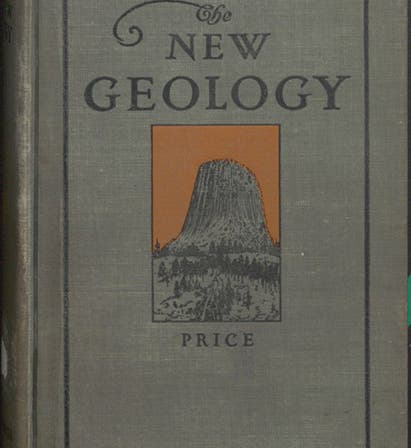
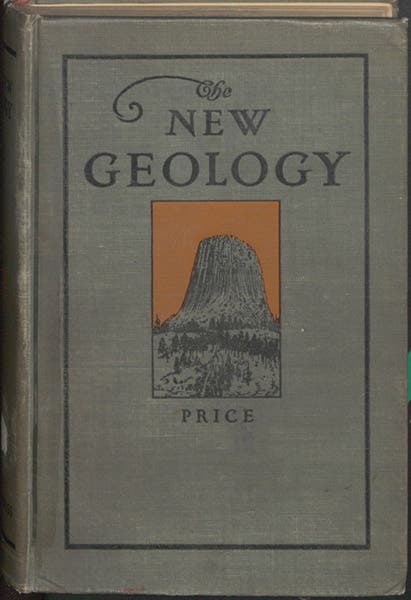
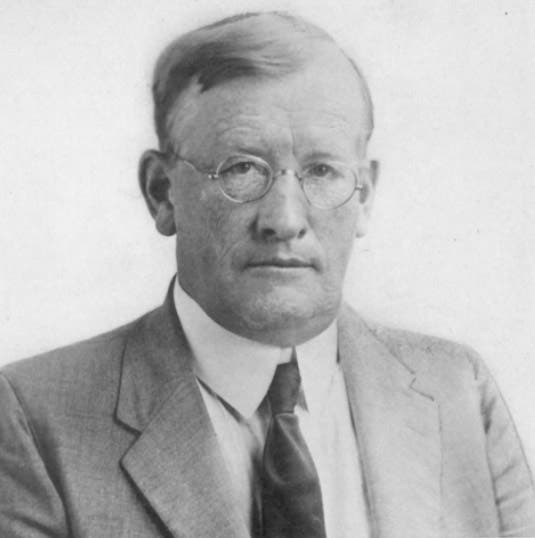

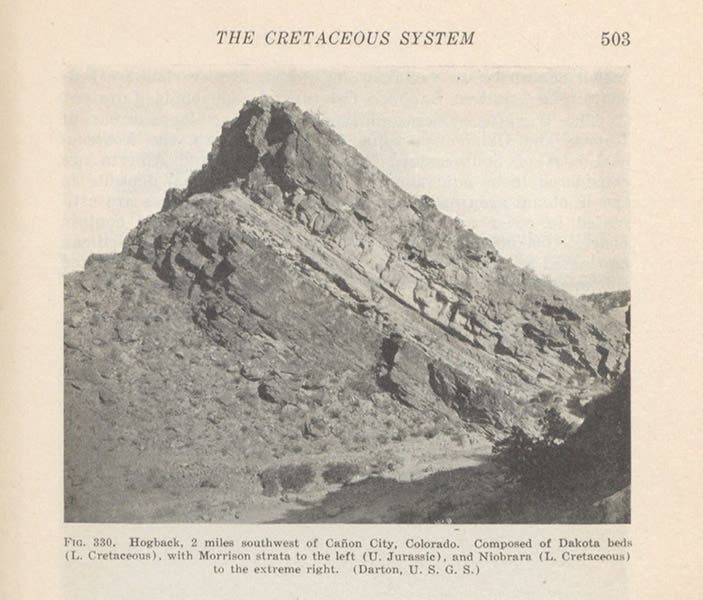
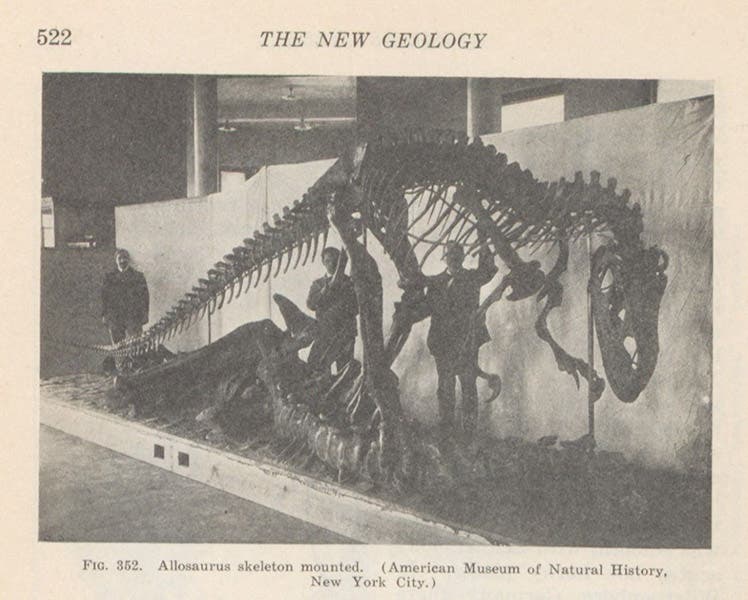
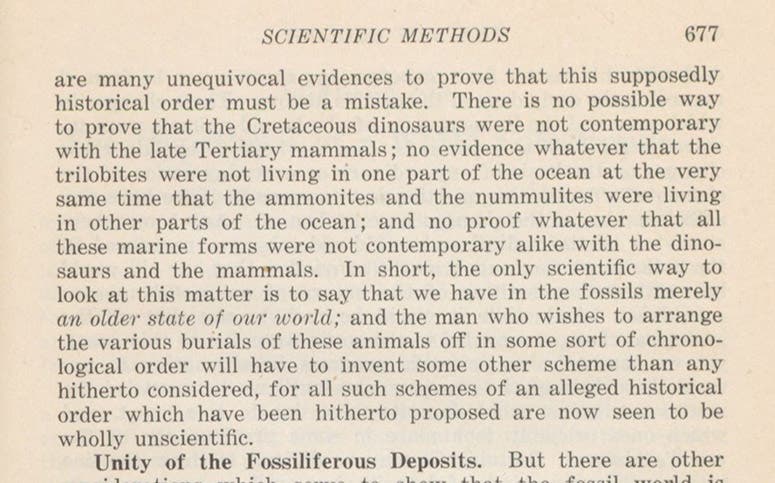

![Bivouac on Jan. 26 [1854], chromolithograph from a sketch by Balduin Möllhausen, Explorations and Surveys for a Railroad Route from the Mississippi River to the Pacific Ocean: Route near the Thirty-Fifth Parallel, by Amiel W. Whipple (Pacific Railroad Report, 3), 1856 (Linda Hall Library)](https://assets-us-01.kc-usercontent.com:443/9dd25524-761a-000d-d79f-86a5086d4774/55140a90-4b5d-4dac-832c-5def5cb51a10/Whipple1_cover.jpg?w=210&h=210&auto=format&fit=crop)


